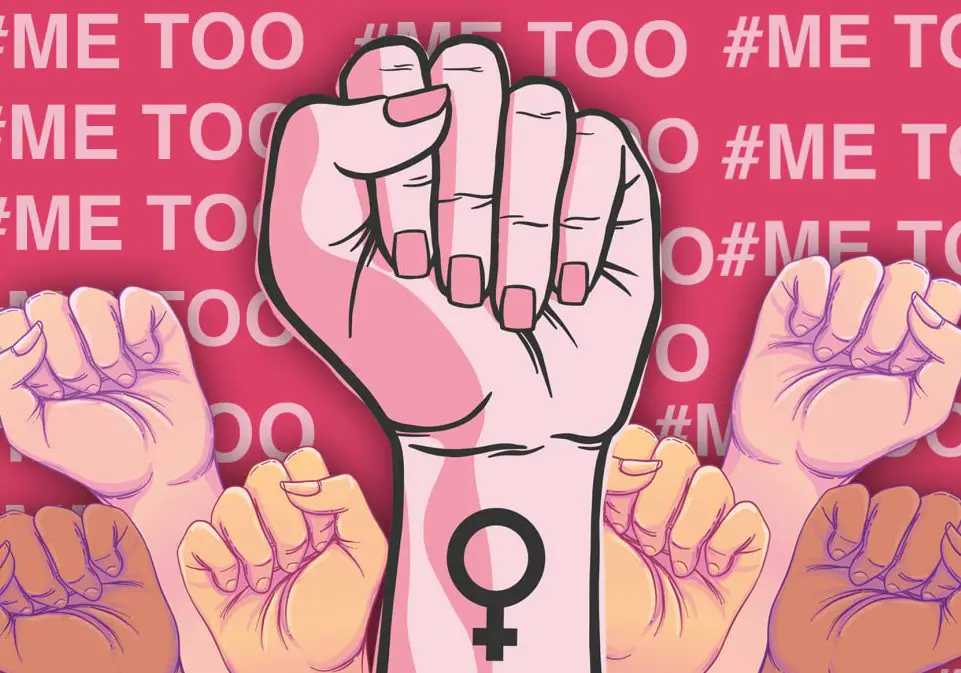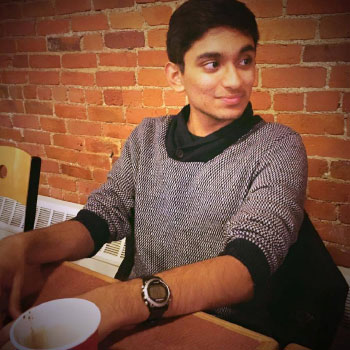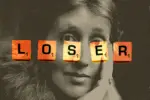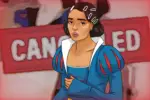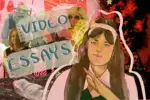When the first allegations against Hollywood film mogul Harvey Weinstein came to light in October 2017, you would be forgiven for not predicting that that his downfall would ignite a feminist reawakening and send the historically male-dominated institution up in flames. But, that’s exactly what it did.
After Weinstein’s disgrace, the hashtag #MeToo, which was created in 2006 by social activist Tarana Burke, became wildly popular. Actress Alyssa Milano used the catchphrase in a tweet to encourage women to come forward with their stories of harassment and assault, and soon a social movement was born.
Soon, women across the world were stepping out of the shadows and voicing their experiences with both sexual impropriety and sexual violence. As a result, daily interactions between men and women have taken on a heightened awareness — never before has the public been confronted by issues of sex, consent, pleasure and desire as boldly and as urgently as now.
So, while the world is busy renegotiating its once-ossified sexual mores, try out these three brilliant works of art to better understand our current sexual, feminist moment.
Binge: “The Marvelous Mrs. Maisel”
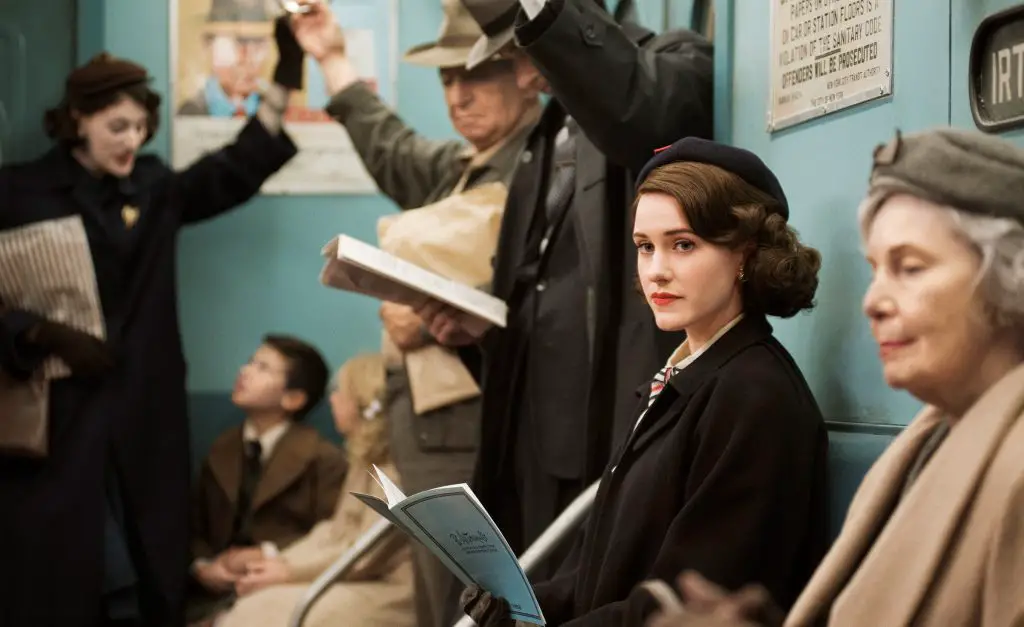
“The Marvelous Mrs. Masiel” takes place in a period diametrically opposed to the present. The show’s eponymous heroine, Miriam “Midge” Maisel, is a good housewife — perhaps the perfect housewife —enjoying her life in the New York of the late ’50s. Every morning, she wakes up early so her husband can see a face exquisitely contoured with makeup; every night, she waits until he’s asleep so she can take it all off.
To viewers today, this may seem like a regressive nightmare, but for Miriam Maisel, everything is just according to plan. That is, until her husband, an aspiring comic by night, bombs his second show, reveals his affair with his secretary and leaves Miriam with their two young children. Thus Midge is thrust into a world of uncertainty and finds her only solace in her unexpected talent for standup comedy.
“The Marvelous Mrs. Maisel” sensitively renders a tragic tale in the funniest way possible. If you want a glimpse into what it took for a woman to break into an industry overstuffed with insufferable men at a time in which there was no safety net for women who deviated from the norm, “The Marvelous Mrs. Maisel” can tell it to you straight.
Flick: “I, Tonya”
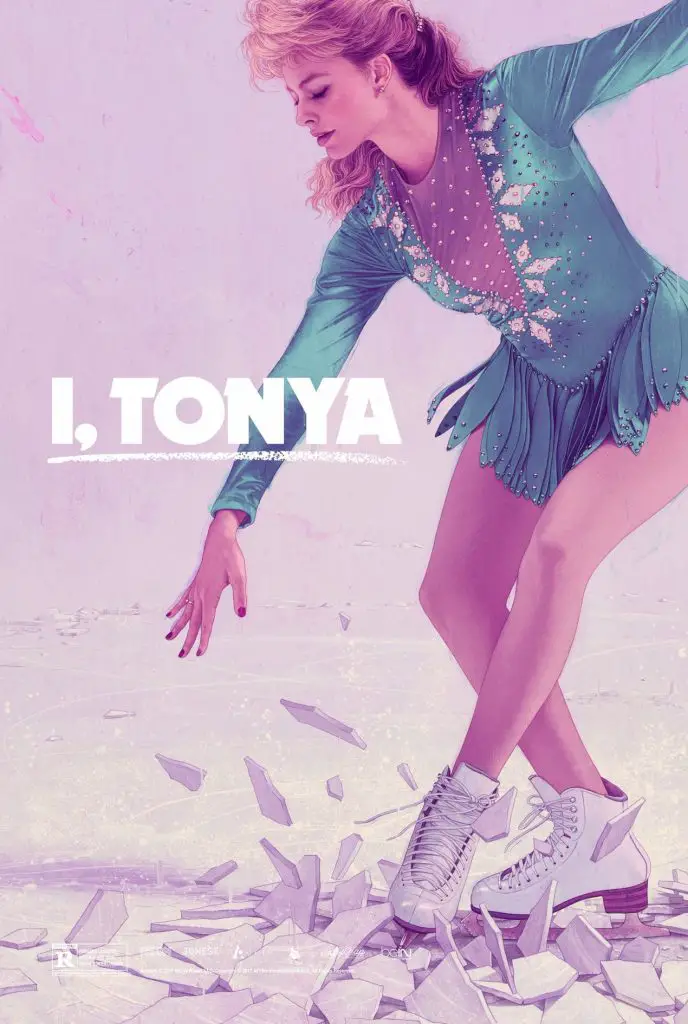
The 2017 Margot Robbie-led (now Academy Award-nominated) film has already shed new light on the life of disgraced figure skater Tonya Harding, and it couldn’t have done so at a better time. The camera captures, in searing detail, the odds obstructing Harding in her journey to the top of the figure-skating world, forcing audiences to witness how poverty, classism and abuse collude to make it as difficult as possible for Harding to achieve her dreams.
“I, Tonya” introduces an important voice often left out of #MeToo’s mostly white-collar, upper-class constituency, one that speaks to the lives of the decidedly un-glamorous women who work in diners, are trapped in dangerous marriages and cannot afford to speak as unabashedly as others. The film faces its audiences head-on (literally: “I, Tonya” has no regard for the narrative fourth wall) and asks them to examine their own complicity in the abuse women are put through.
“I, Tonya,” though, is not merely a meditation on the nature of abuse and the capricious relationship between audience and spectacle: It’s a thrilling, biting black comedy featuring dynamic cinematography and out-of-this-world performances.
Read: “The Bluest Eye”
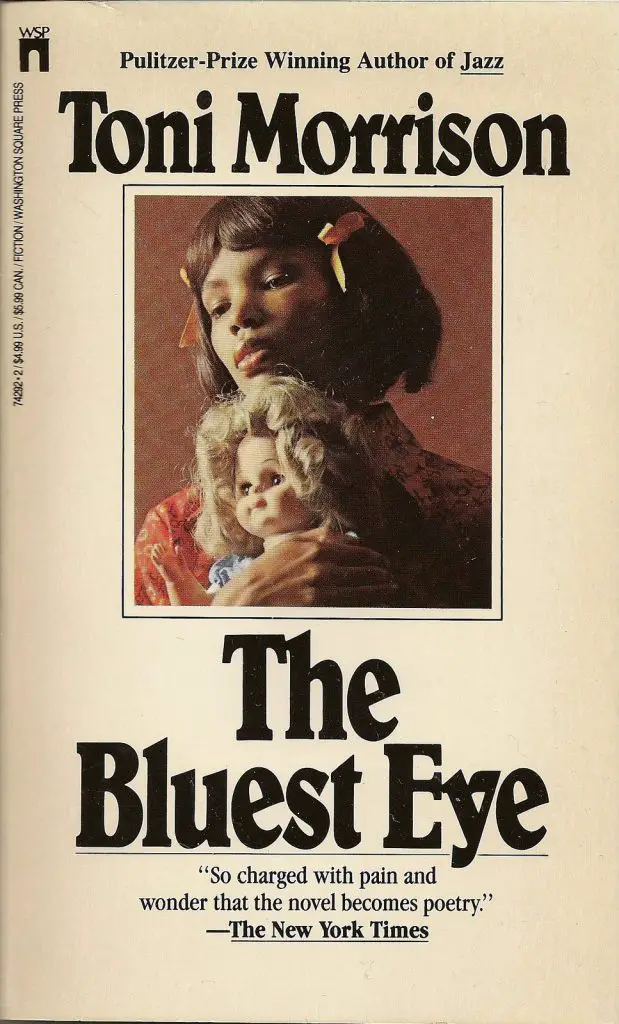
Toni Morrison’s 1970 earth-shattering debut, “The Bluest Eye,” is widely taken to be a classic of American literature. Pecola Breedlove, a spurned, mistreated, waif of a girl, lives a life that is not entirely her own: even her narrative — which is told through the lens of an unnamed narrator — is outside her purview.
Like “I, Tonya,” “The Bluest Eye” fills an important gap in the #MeToo movement in detailing the daily discrimination experienced by black women, specifically black girls. Pecola is told time and time again that she will never be as beautiful as the blue-eyed, white-skinned dolls she plays with. The result of this sustained salvo of psychological debasement is Pecola’s debilitating faithlessness in her agency and humanity, which men throughout the novel exploit.
And, like “I, Tonya,” “The Bluest Eye” accosts its readers, asking them to consider how they play into perpetuating certain standards of beauty that have been used to deem others “ugly,” thrusting them into an experience of race and femalehood they may otherwise have never even considered.


